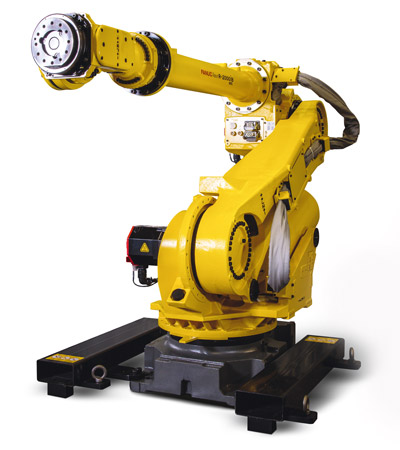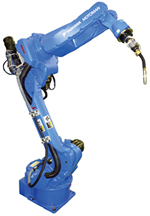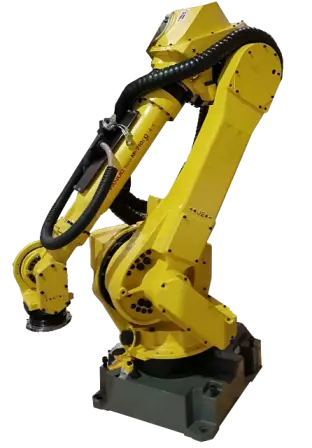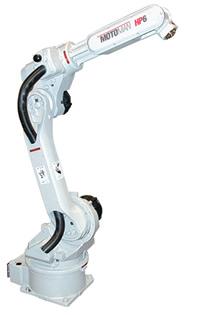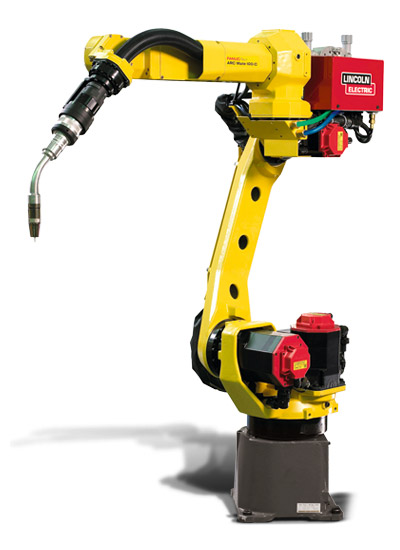With so many robotic gripper options available on the market it can make the selection process difficult. One of the factors that goes into robotic gripper selection is the type of power source needed. There are three main types of robotic gripper power sources, hydraulic, electric, and pneumatic. It is important to understand their differences in order to select the best power source for your gripper and application, as it can affect the efficiency of the gripper’s operation.
Hydraulic
Hydraulics are the least common power supply used for robotic grippers. A hydraulically powered gripper uses compressors to pump oil in order to provide the gripper with force. Although hydraulics is the least popular, they provide the most gripper strength out of all three power sources. Hydraulically powered grippers can handle anywhere from 750 to 2000 pounds per square inch for heavy duty lifting. In the automotive industry, a FANUC M-900ia/600 may be integrated with a clamp style gripper that is powered through hydraulics to give it the capability to lift heavy transmissions during automobile assembly.Another reason for their lack of popularity is due to their expense to operate and maintain. Hydraulically powered grippers require the use of large compressors, hoses, and oil. This additional equipment and consumables can be costly to maintain in addition to taking up more floorspace. Hydraulic power sources are also the messiest and are susceptible to oil spills that can be hazardous to the robot and manufacturing facility. Because of this, hydraulic grippers cannot be used in cleanroom facilities and are limited to operations where cleanliness is not a major concern, such as the automotive industry mentioned above.
Electric
Electrically powered grippers use electronic motors to supply energy to the gripper for operation. Electric power sourced grippers are still a relatively new robotic technology, but they have steadily increased in popularity since the have become more cost-effective in recent years. An electrically powered gripper is ideal for applications requiring speed and light or moderate strength. Electric power sources are ideal for cleanroom operations as they do not run the risk of contaminating the work area with oil or dust. In fact, they are the cleanest to operate since they do not use compressors, airlines, or hoses.In the electronics industry, electrically powered grippers have become quite common since many products are dust sensitive. Along these production lines you may see a FANUC LrMate 200ic integrated with electric powered finger gripper assembling smart phones. Not only is this the cleanest power source for robotic grippers, but it also provides the best level of control. This is vital for operations handling intricate or small parts needing finer positioning.
Pneumatic
Pneumatic gripper power sources are the most popular due to their ease of integration with robots and low costs. This power source utilizes compressed air to provide the force needed for the gripper to function. Since many facilities have compressed air readily available, powering grippers pneumatically is very cost-effective. Another benefit to this power source is that a high level of gripping force can be achieved with less size and weight of the gripper itself, allowing for operation in compact spaces. For instance, a Motoman HP20 may be integrated with a pneumatically powered parallel gripper to remove parts from inside a small machine opening.Robots Done Right is the place to start when it comes to used robots. Contact us if you are interested in buying or selling your used robot.
